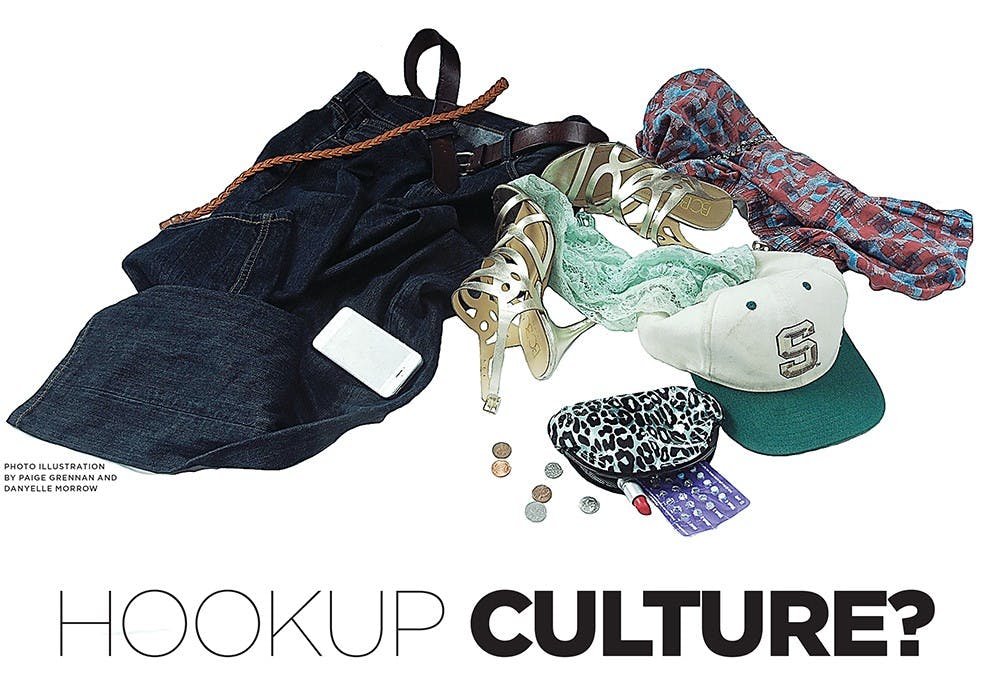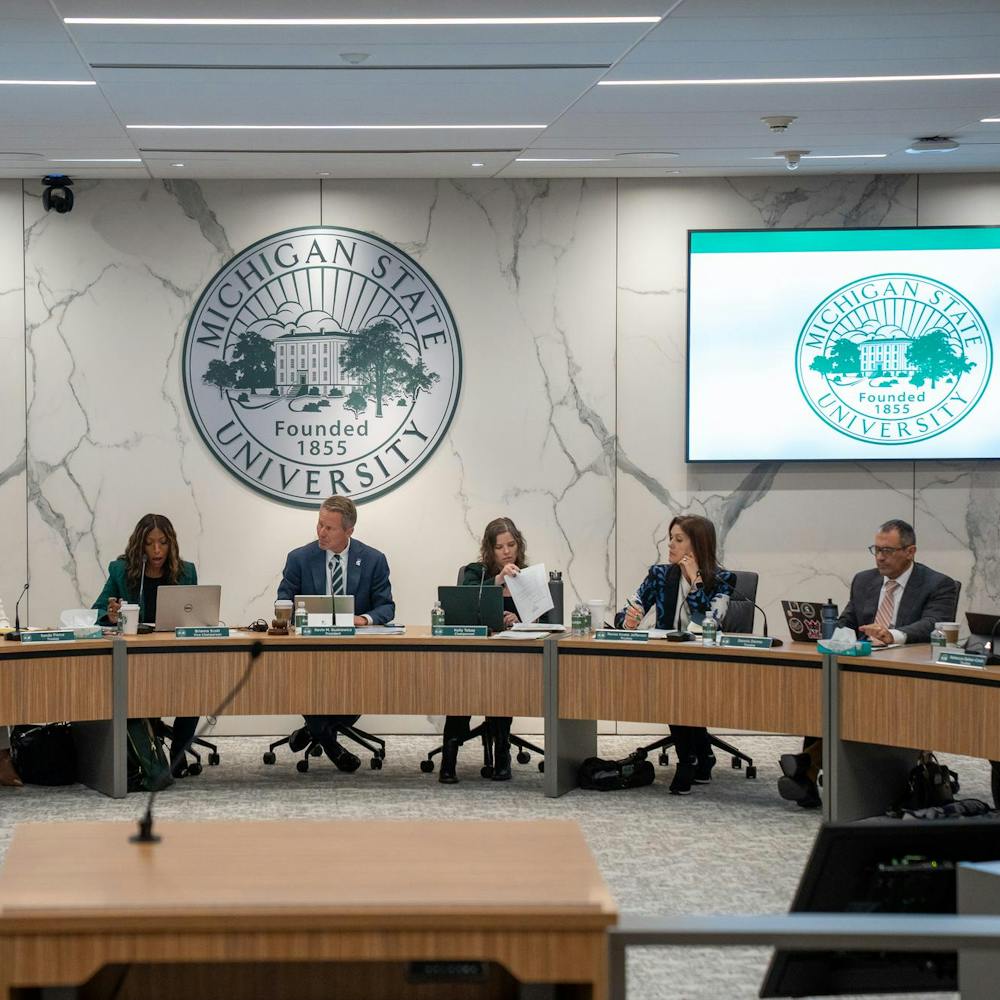When Stephanie Amada began teaching WRA 140, she didn’t expect it to inspire a book about “hookup culture,” or the idea that most young adults today are more interested in casual sex than relationships.
But as more students spoke up about their sexual perceptions, both in and out of class, Amada was intrigued.
“The word ‘hookup’ is actually very ambiguous,” Amada said. “The way it’s used currently, it can mean anything from kissing to intercourse and any sexual activity among that continuum.”
“How to Deal with Hookup Culture” author Amada said that referring to sexual activity as “culture” could have troubling implications.
“Recent statistics seem to indicate that the sexual activity of today’s college students is not so different than college students of, say, 15 or 20 years ago,” she said. “Using ‘hookup culture’ to discuss casual sexual activity has multiple meanings, which allows people to be intentionally vague.”
The problem is perception
Coordinator for the Center for Sexual Health Promotion Erica Phillipich said hard numbers often shock students.
“I absolutely think there is a perception that students have more partners than they actually do,” Phillipich said. “When I tell students that roughly 12,000 MSU students aren’t having sex, it surprises them and also validates those students who have chosen to not have sex.”
Amada said shame about virginity was a concern that inspired her research.
“I’ve had multiple students privately confess they were still virgins,” Amada said. “I remember thinking — when did being a virgin become a shameful secret when you’re only 18 years old?”
And those who have had sex likely don’t have an abundance of partners.
“The vast majority of students had no partner or one partner in the last year,” Phillipich said. “I think it’s safe to say that ‘hooking up’ is far from the norm on our campus.”
But some students expressed an opposing view.
English senior Brooklyn Pluger and professional writing sophomore Emily Dallaire are conducting research and interviewing MSU students about the hookup culture to present findings later this year at the Conference on College Composition and Communication.
Pluger, an upperclassman able to be part of the campus bar scene, said she sees examples of the hookup culture on a typical night out.
“Everyone is just looking to see who they can go home with at the end of the night,” Pluger said. “I’ve also found that some people feel so busy that a ‘friend with benefits’ is great. You don’t have to worry about the commitment.”
Dallaire said today’s digital age has fostered a different sort of discussion.
“I’m not sure that it’s the amount of people having sex,” Dallaire said. “But I think people are being a lot more vocal about it. They’re able to embrace their own sexuality.”
Boys and girls
Pluger said her research and experience indicates there are gender role differences.
Support student media!
Please consider donating to The State News and help fund the future of journalism.
“A lot of times, girls tend to get confused between the different emotions that come with sex and the line between being ‘in lust’ with someone and being ‘in love’ with them,” Pluger said. “Unfortunately, I find the emotional attachment does come more with women than men.”
It’s a double standard, Amada said.
“There’s a belief that if a girl has casual sex, she’s a slut. If a guy does it, it’s OK,” Amada said. “But young men still feel pressure.”
One thing Amada said she found troubling was the belief that sex has a greater impact on women than men.
“That implies that casual hookups don’t impact men,” Amada said. “When actually, men might not have as many outlets to talk about it with friends as women do. And it implies that women aren’t as capable of making these sexual decisions as men, or they don’t handle the emotional implications as well as guys do.”
Impact on student health
So does having more casual sex put students at a greater sexual health risk?
“I am concerned that safe sex practices are not necessarily a priority,” Amada said, acknowledging that it depends on the student. “Using condoms limits one’s risk of STIs, (although) they aren’t 100 percent effective.”
According to MSU health assessment data, 77 percent of students used some form of contraception the last time they had intercourse.
And a “hookup culture” isn’t what puts students at risk, Phillipich said.
“Just because a student has more than one partner doesn’t mean they’re automatically at a higher risk for infection,” Phillipich said, encouraging safe sex practices.
She also said rather than assigning labels, sexual health advocates should focus on education.
“It’s time to move past whether or not we have a hookup culture to ensuring that all individuals receive comprehensive, evidence-based sex education,” Phillipich said. “That will allow them to make decisions that fall in line with their personal, moral or cultural beliefs.”
Take Our Quiz!
How many sexual partners have you had in the past year?
Discussion
Share and discuss “MSU, national research examines college hookups” on social media.







